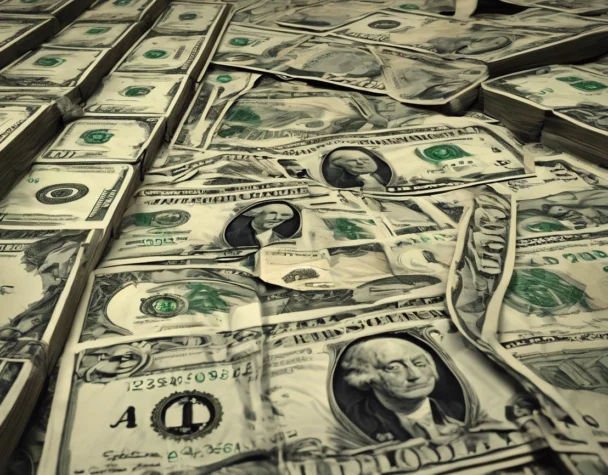
Dollar Confidence Crisis Deepens as FX Markets React to U.S. Policy Tensions
Tue, April 22, 2025U.S. Dollar Stumbles Amid Tariff Fears and Fed Criticism
Foreign exchange markets are reeling as the U.S. dollar extends its sharp decline in April 2025. The Dollar Index (DXY) has plummeted nearly 6% this month and 9% year-to-date, marking a three-year low, as financial markets respond to rising political uncertainty and aggressive trade policies. President Trump’s recent verbal attacks on Federal Reserve Chair Jerome Powell have cast doubt on the central bank’s independence, shaking investor confidence and leading to capital outflows from U.S. assets.
Institutional investors are increasingly pessimistic about the greenback’s trajectory, with over 60% anticipating continued depreciation. According to The Times, there is growing concern about a “dollar confidence crisis” that could ripple through equity and bond markets alike (source).
In response to deteriorating sentiment, major U.S. corporations have begun extending their currency hedging contracts, some up to five years in duration, to shield their bottom lines from the volatility sparked by the dollar’s slide and the uncertainty around tariffs (Reuters).
Global Currencies React to Fed and Trade Volatility
The dollar’s downturn has triggered swift reactions across major and emerging currency pairs. The euro has surged, climbing into the $1.08–$1.12 range, supported by market sentiment and recent interest rate cuts by the European Central Bank. The ECB cited “exceptional uncertainty” surrounding global trade disruptions as the main reason behind its dovish shift.
Meanwhile, commodity-linked currencies like the Australian dollar (AUD) and New Zealand dollar (NZD) have weakened due to falling Chinese demand and global growth fears. These currencies are typically viewed as proxies for risk sentiment in Asia-Pacific markets and tend to underperform during geopolitical or trade-related turmoil.
In emerging markets, the Turkish lira (TRY) saw a brief rally after the Turkish central bank shocked investors with a steep interest rate hike to 46% to rein in inflation and restore some level of stability amid escalating domestic unrest.
The Indonesian rupiah (IDR) has also faced mounting pressure, declining over 4% year-to-date. Ahead of its April 23 policy meeting, Bank Indonesia is widely expected to hold interest rates at 5.75%, prioritizing currency support over short-term economic stimulus (Reuters).
As the foreign exchange landscape evolves, analysts warn of sustained volatility across global currency markets, especially if the U.S. continues its aggressive trade and monetary policy interventions. Investors are advised to brace for further disruptions and monitor central bank actions closely as the market recalibrates in response to a weakening U.S. dollar and intensifying geopolitical tensions.

